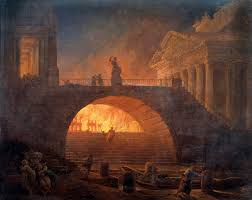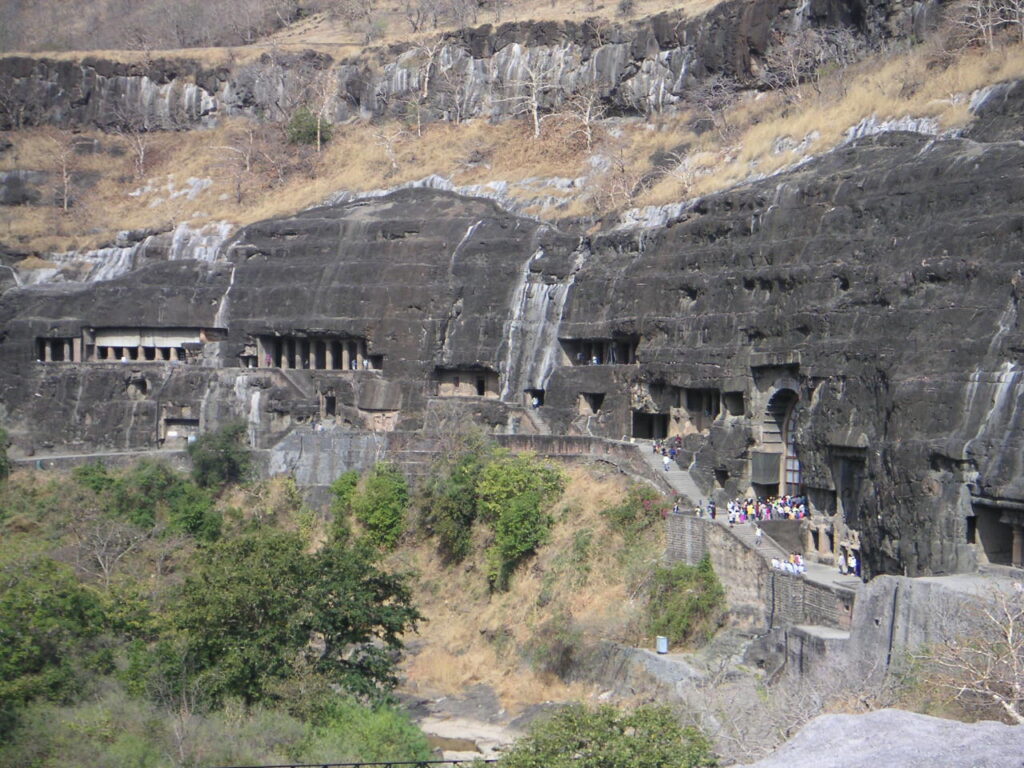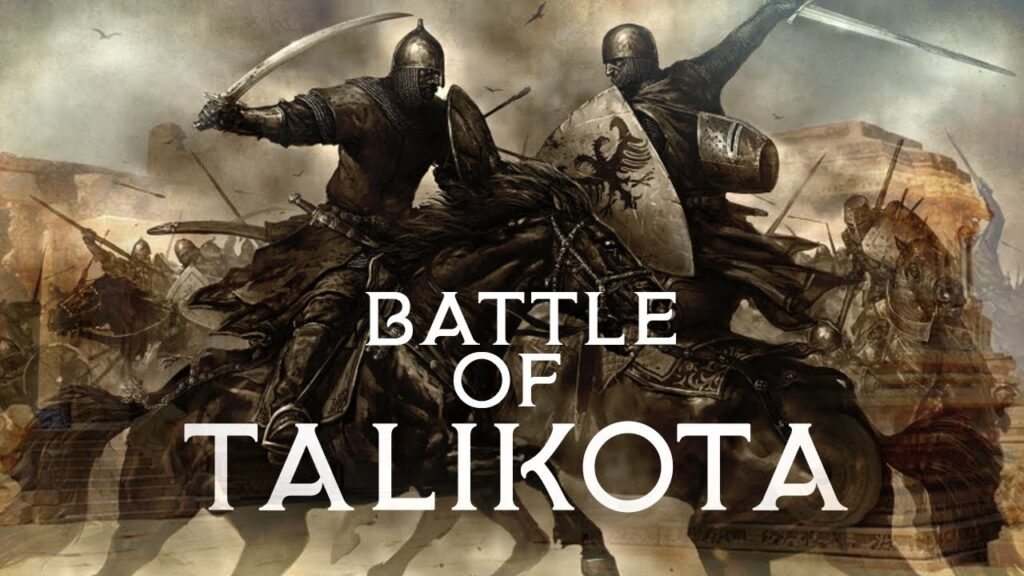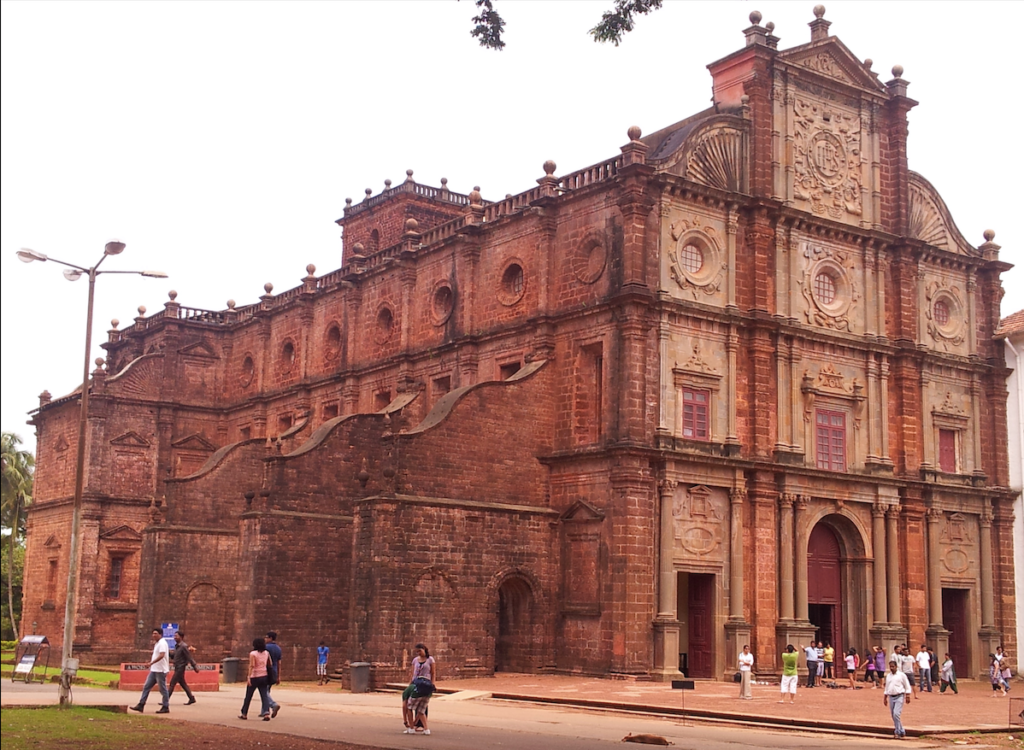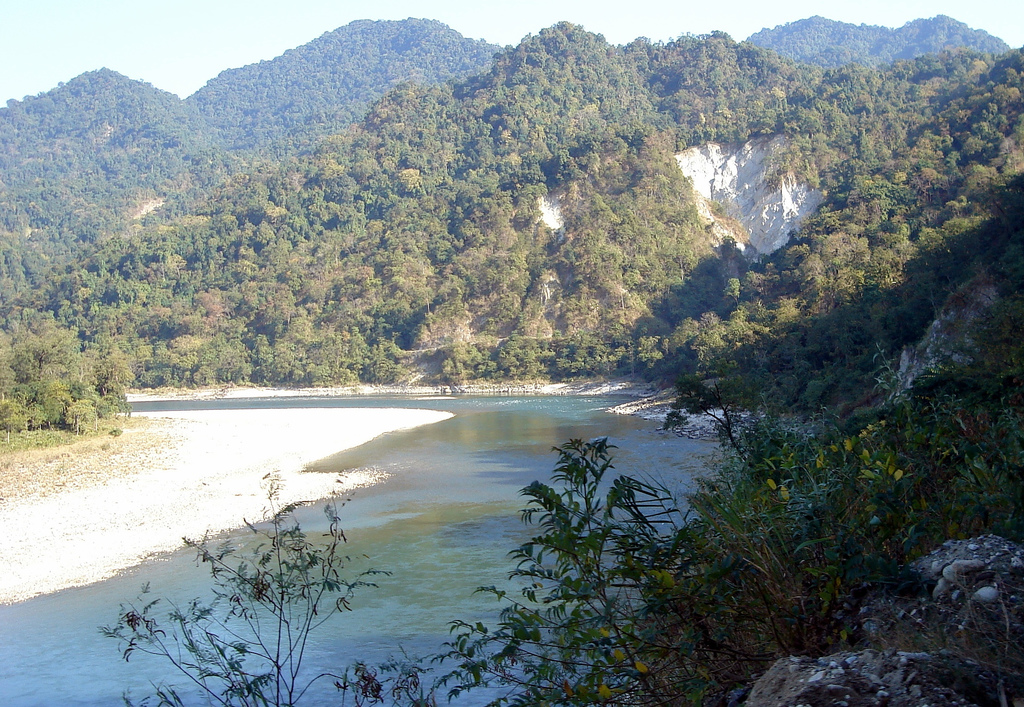The Great Fire of Rome in AD 64 stands as one of the most catastrophic events in the history of the Roman Empire. This devastating fire, which raged for six days and seven nights, consumed large parts of the city, leaving thousands homeless and countless buildings in ruins. While the exact cause of the fire remains a subject of debate, its aftermath and the response of Emperor Nero have been the focus of much historical scrutiny and controversy.
Background: Nero’s Early Reign
Nero became Emperor of Rome in AD 54 at the age of 16, succeeding his adoptive father Claudius. Initially, Nero’s reign was characterized by a period of stability and prosperity. He implemented various reforms, improved the legal system, and undertook ambitious building projects, including the construction of the Domus Aurea, a lavish palace complex in the heart of Rome. However, Nero’s rule would soon be overshadowed by the events of AD 64 and his subsequent response to the Great Fire.
The Great Fire of Rome
The Great Fire of Rome began on the night of July 18, AD 64, in the densely populated areas around the Circus Maximus. Fueled by strong winds and the city’s wooden structures, the fire quickly spread, engulfing large swaths of Rome. Despite efforts by the Roman citizens and soldiers to extinguish the flames, the fire continued to rage unabated, consuming many of the city’s most iconic buildings and landmarks, including the Temple of Jupiter Stator, the Atrium Vestae, and the homes of countless Romans.
The fire’s devastation was immense, with estimates suggesting that it destroyed between a third to half of the city. Thousands were left homeless, and the economic and social impact was catastrophic. The city’s infrastructure was severely damaged, and the loss of life and property was incalculable.
Nero’s Response: Controversy and Accusations
In the wake of the fire, Nero’s response to the disaster became a subject of intense scrutiny and criticism. According to the Roman historian Tacitus, Nero was rumored to have watched the city burn from the safety of his palace, playing the lyre and singing songs about the fall of Troy. While these accounts may be exaggerated or apocryphal, they reflect the growing discontent and mistrust towards Nero’s rule.
To deflect blame and quell public anger, Nero sought to scapegoat the burgeoning Christian community in Rome. Christians were already viewed with suspicion and hostility by many Romans due to their monotheistic beliefs and refusal to participate in traditional Roman religious practices. Nero’s persecution of the Christians following the Great Fire served to further vilify and marginalize this religious minority, marking the beginning of a long period of persecution that would continue for centuries.
Rebuilding Rome: Nero’s Ambitious Plans
Despite the controversy surrounding his response to the fire, Nero embarked on an ambitious rebuilding program aimed at restoring and revitalizing Rome. He envisioned a grand new cityscape, replete with wide streets, open spaces, and monumental buildings, including a new palace complex, the Domus Aurea.
Nero’s rebuilding efforts were met with both admiration and criticism. While some praised his vision and ambition, others viewed his grandiose plans as extravagant and impractical. Regardless of these differing opinions, Nero’s rebuilding program left an indelible mark on Rome’s urban landscape, influencing architectural styles and city planning for centuries to come.
Legacy and Historical Interpretations
The Great Fire of Rome and Nero’s response to the disaster have been the subject of much debate among historians and scholars. While some argue that Nero’s actions exacerbated the crisis and undermined his credibility as a leader, others contend that he was unfairly scapegoated by his political enemies and subsequent historians seeking to discredit his reign.
Despite the controversy surrounding Nero’s role in the Great Fire, the event itself remains a pivotal moment in Roman history, highlighting the vulnerability of even the most powerful and advanced civilizations to natural disasters and the importance of effective leadership in times of crisis.
In conclusion, the Great Fire of Rome in AD 64 and Nero’s response to the disaster represent a complex and multifaceted chapter in Roman history. This catastrophic event, with its far-reaching consequences, serves as a reminder of the fragility of human civilization and the enduring challenges faced by leaders in times of adversity. The legacy of the Great Fire and Nero’s reign continues to resonate today, offering valuable insights into the dynamics of power, responsibility, and resilience in the face of disaster.

